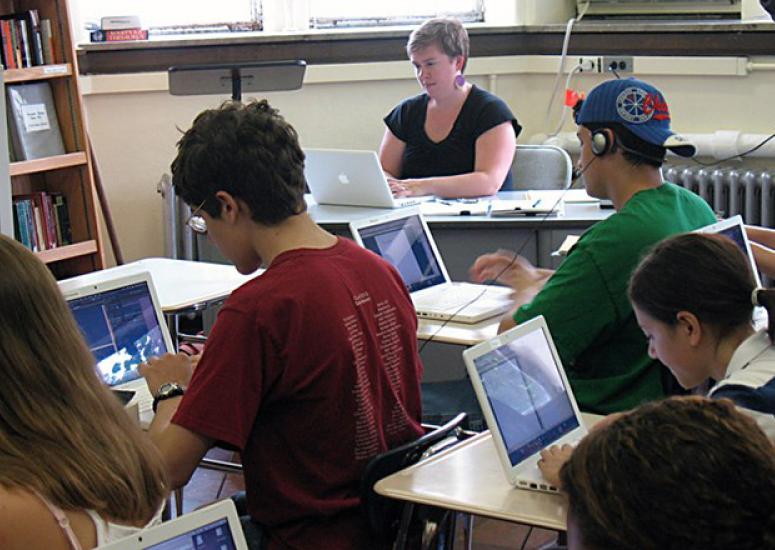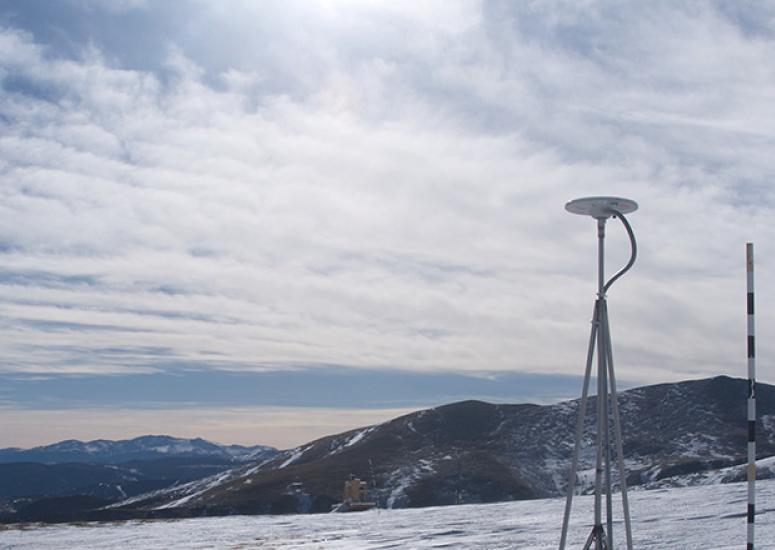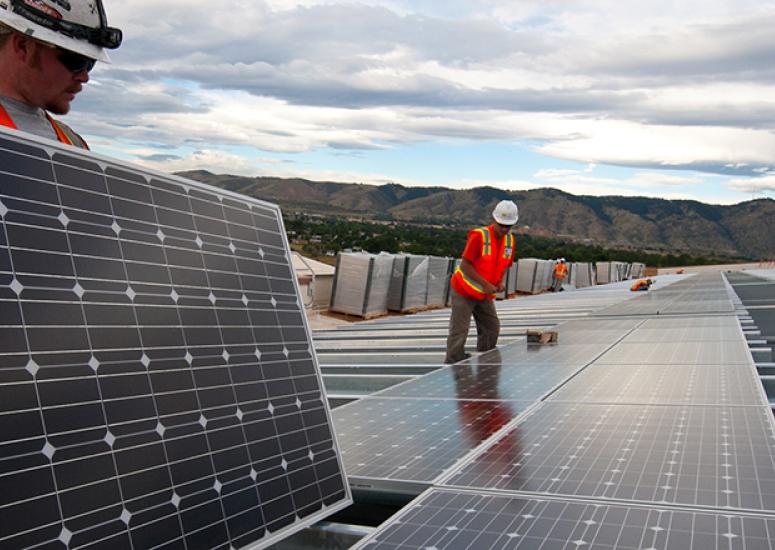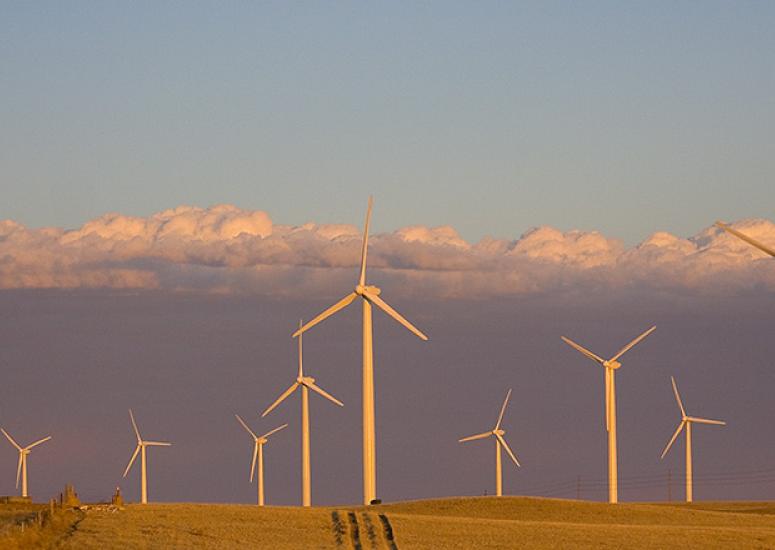-

Public-private partnership enhances digital tools for customized science education
A software platform enabling on-demand creation of customizable curricula using curated open education resources will get a development boost from a new agreement between EdTrex, the University of Colorado, and UCAR.
- Education + Outreach
-

Boulder team wins international water prize
The scientists who developed an innovative way to use GPS technology for moisture measurements have won one of the world's most prestigious awards for innovations related to water resources.
- Data
-

A meeting for storm-driven science
Experts from Asia and North America met at NCAR on September 15–18 to discuss promising avenues of research that could lead to improvements in predicting hurricanes, floods, and other phenomena affecting billions of people.
- Weather
-

NCAR renewable energy prediction system wins prestigious Governor’s Award
A cutting-edge wind and solar energy forecasting system that has saved electricity consumers $40 million to date has won a prestigious 2014 Colorado Governor’s Award.
-

Will climate change shift renewable energy resources?
To help provide guidance to utilities, scientists at NCAR and the National Renewable Energy Laboratory have produced maps that show how U.S. wind and solar energy resources may evolve by 2060 . The maps include projections for each season and for different times of day, while taking into account natural variability.
